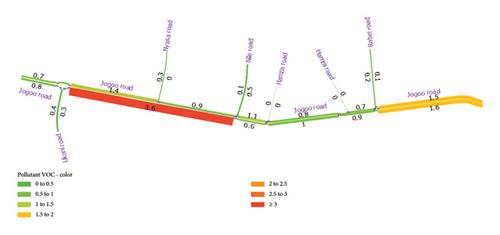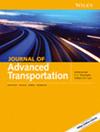The rapid growth of cities and the increasing traffic congestion have made vehicle emissions worse, especially in developing countries. Governments worldwide are now relying on regulations and policies to manage and reduce these emissions effectively. This change in approach towards emission control is also happening in developing nations. In this study, the effects of these policy measures are quantified using a calibrated integrated traffic and emission model (AIMSUN), and two hypothetical scenarios were analyzed: one scenario is where electric vehicles (EVs) replace traditional internal combustion EVs (ICEVs) in the study area and another scenario is assuming strict implementation of Euro 4/IV emission standards. The results showed that shifting towards a higher proportion of EVs leads to significant reductions in emissions but requires increased battery consumption, highlighting the trade-off between reducing emissions and higher energy demand. Implementing Euro 4/IV standards could considerably reduce emissions, especially from motorcycles and trucks. It suggests that focusing on these categories with a phased implementation approach could bring significant environmental benefits. Policymakers in developing countries should adopt a rounded approach instead of implementing strict policies. It is crucial for them to carefully weigh the pros and cons of policy instruments before making any decisions. This study shows how traffic micro-simulation modeling coupled with emission models can be used in evidence-based decision-making.



